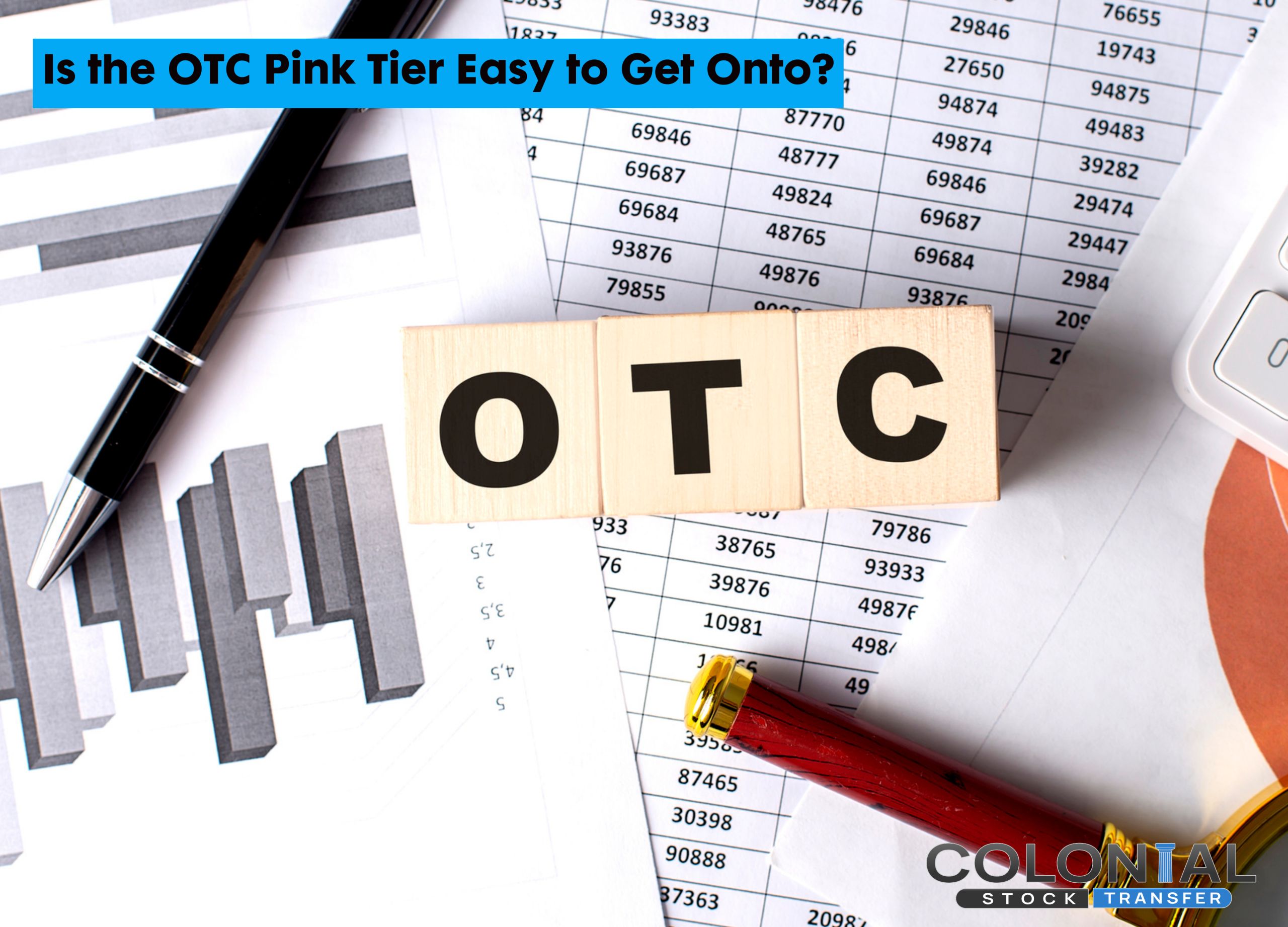
Entering the OTC Pink Tier is not as straightforward as it might seem. For many companies, especially smaller startups, the Pink Tier represents an attractive option due to its relatively relaxed regulatory requirements. However, the challenge often lies in the initial step of a 211 Filing. This can complicate the process significantly. This filing is a regulatory hurdle set by the Financial Industry Regulatory Authority (FINRA) to ensure that a company meets certain standards before being quoted on the OTC Pink market.
Understanding the 211 Filing
The 211 Filing is the first major step in listing on the OTC Pink Tier. Companies must provide comprehensive financial statements and details about their operations for FINRA review. This is to protect investors by ensuring that only legitimate, transparent companies can trade on the OTC Pink. Completing a 211 Filing successfully can be a time-consuming and expensive process, so it is better to rely on professionals who can help.
After the 211 Filing, the sponsoring market maker must advocate for the company’s case, demonstrating that it is a sound investment and is in compliance with all necessary regulations. This includes ongoing due diligence and communication with FINRA to clarify or provide additional information. If the application is approved, the company gains access to a broader investment market, though it does not ensure investor interest or trading volume.
Role of Market Makers
Market makers are pivotal in the process of getting onto the OTC Pink Tier. Without them, companies cannot even begin the 211 Filing. They are essentially the gatekeepers, determining which companies are worth the risk of sponsorship. A market maker’s sponsorship signals to investors and regulators that a company has met a certain standard of credibility and stability. However, securing a market maker can be a challenging task for companies without an existing profile or connections in the financial markets.
Market makers conduct a rigorous examination of the company’s business model, financial health, and growth prospects. The relationship between market makers and the company requires trust and confidence on both sides, with the market maker placing their reputation on the line.
FINRA typically requires market makers to do the following:
- Ensure companies properly register their securities with the SEC through an S-1 registration statement, 1-A offering statement, Form 10, or other qualifying filing
- Make certain that companies meet financial requirements to be a non-shell company
- Check officers of the company for bad-actor requirements
- Review subscription agreements and investor payments
- Review the genealogy of shares on the cap table and where they came from
Financial and Legal Considerations
Companies applying to the OTC Pink must have their financial statements in order. This usually requires audits or reviews by certified accountants. This level of financial transparency is necessary to satisfy regulators and potential investors that the company is a worthy investment.
Legally, companies must also be prepared to meet the standards set by both FINRA and the Securities and Exchange Commission (SEC). To help alleviate these burdens, utilizing a qualified securities attorney, stock transfer agent enrolled in OTC’s share verification program, and qualified auditor will help you maintain these requirements. Legal compliance ensures all disclosures are accurate and that there are no outstanding legal issues that could affect the company’s ability to trade. Legal challenges can arise at any point during the filing process. Resolving them often requires specialized legal expertise to navigate. Companies must weigh these potential costs and hurdles against the benefits of being listed on the OTC Pink Tier.
Compared to Other Markets
The OTC Pink Tier is often seen as more accessible than other markets, such as the OTCQB and OTCQX, which have higher standards and stricter reporting requirements. The Pink Tier serves as a starting point for many companies seeking public investment without the rigors of a larger exchange. Companies must consider their long-term goals and whether starting on the Pink Tier aligns with those objectives.
Compared to major exchanges like the NYSE or NASDAQ, the OTC Pink Tier is a world apart in terms of regulatory demands and investor scrutiny. While it may be easier for a company to list on the Pink Tier, the prestige and benefits that come with being on a major exchange may not be as great. In the end, the Pink Tier serves as a niche market and an attractive option for some companies, but it is not a one-size-fits-all solution.
OTC Pink Tier Accessibility
| Aspect | OTC Pink Tier Accessibility |
| Regulatory Requirements | Less stringent than higher OTC tiers or major exchanges |
| Necessity of a 211 Filing | Mandatory unless exempt, adds complexity |
| Market Maker Involvement | Required for the 211 Filing process |
| Financial Transparency | Must provide detailed financial information, consult with Colonial Stock to learn about more specific requirements |
| Legal Compliance | Must comply with FINRA and SEC regulations |
| Comparison to Other Markets | More accessible but with less prestige and potential for investor interest |




